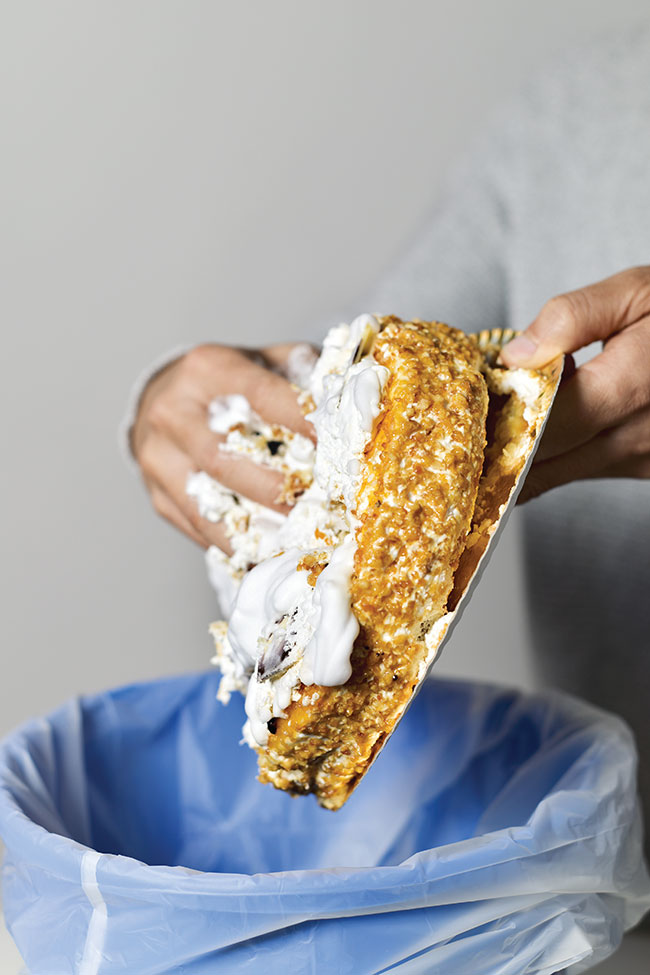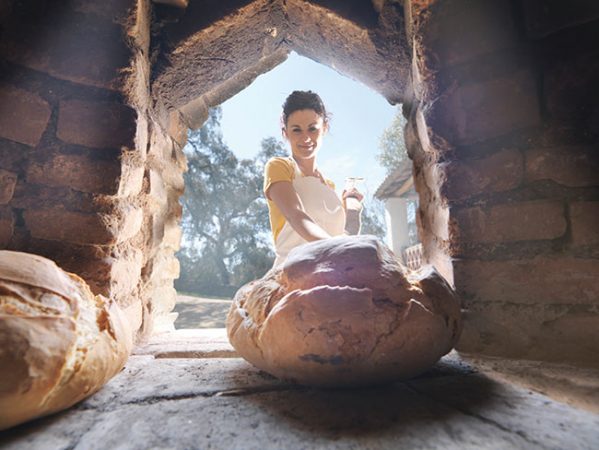
AI helps prevent food waste
May 14, 2020
By
Bakers Journal
How machine learning predicts demand and supply
 Crisp is a tool that helps predict availability and demand and stop food waste at the source. Photo credit: © nito / Adobe Stock
Crisp is a tool that helps predict availability and demand and stop food waste at the source. Photo credit: © nito / Adobe Stock Bakers Journal spoke with Crisp’s founder, Are Traasdahl, about the AI-driven program he created. Though Crisp was invented with the intention of reducing food waste, the pandemic generated a new use for it: anticipating food shortages of finished goods or scarcity of ingredients before a product was made.
Traasdahl spoke of his travel-inspired invention. While staying in New Zealand, he witnessed an apple orchard that had 70 per cent of its apples rotting in the field after the end of the season. Similarly, the opposite was happening in India, he noted, and his mission to find out why began.
“We did research on this…we see that often more than a third of the food that’s being produced does not reach the consumer at all. I’ve been aware of that for a long time and we all try to do something about it. But one of the really big issues is all that food being lost before it reaches the consumers,” he stated.
According to Traasdahl, Crisp tracks the supply all the way through the food industry chain. For many products such as baked goods, many companies may be involved. Other considerations include the cost of imports and exports, manufacturing costs, packaging and finally, marketing.
“We capture data along the whole supply chain and use that data to produce very accurate sales forecasts. We interviewed over 100 executives in the in the food industry, and it all came down to one thing: it’s incredibly hard to have an accurate sales forecast; That’s the reason that sometimes we have too much; If you have too much you have to throw it out. Have too little, then you lose out on revenue and have upset customers because you have too little.”
Traasdahl’s twenty years of technological experience with data mining came in handy. According to him, the use of the program is easy and can allow for a sales forecast that allows any baker to know how much they will sell in three months or in a year. “That’s been very helpful in terms of the reduction of food waste but also in terms of creating more revenue.”

Bakers can use Crisp to gauge demand for their products and reduce food waste; this in turn helps artisanal bakers save money. Photo courtesy of CRISP.
While bakeries experience seasonal peaks and valleys, the system uses a bakery’s own inventory history and past sales to isolate demand.
While holidays are a “demand driver,” events like pricing and promotions also influence the date. “What the software does is go back three to five years and it takes all that data. Crisp uses machine learning and artificial intelligence, for lack of a better word, and then it separates all of these different demand drivers so when you see the same combination, you know what to expect.”
“We typically say that we need at least two years of data. We’d like to have three years, and if we can get five years, great, but if somebody has 10 or 20 years, that makes our algorithms and our technology work even better.”
“We spent a lot of time making this as simple as possible and easy to use. So, getting the data into this platform was very important. The bakery just creates a sales report that goes back to the number of years they want and they feed that into our system and we do everything on our end. We fit that all in, then minutes later they can go in and get a forecast for it…typically some data clean-up needs to happen, first. There might be a situation where a bakery found 10 new stores to sell products or there was some particular promotion that happened that created a big spike, or the bakery was missing one particular ingredient for a long time so they couldn’t make that product.”
“So they typically kind of go through the history of the products and we identify for them. If these data lines seem like our players, all of a sudden we have a big spike or big drop. So then, the software allows them to put it in. We take that into our calculations when we measure future projections.”
“Most ERPs or all ERP systems that we work with, do not have great forecasting functions. So we do the forecasting based upon received data we get from the ERP and then we can push it back into the system as well so that it then has our accurate forecast; based upon this they can do bot sourcing of products, they can do production planning, they can do labour planning, they can do all those things that the ERP system is built for, for forecasts that are very accurate.”
Food waste in Canada is a growing concern, outside of pandemic planning. Prior to the outbreak, Toronto agency Second Harvest reported that $4.82 million is lost or wasted during shipping and processing (baking and packaging.)
Some 2.38 million tonnes of food, or more than $10 billion worth, is lost before consumers can buy it. Many restaurants reported that their sauces, breads, salads and sides won’t keep and are often wasted. Few perishables can go to food banks or be donated to households.
Finding a way to prevent waste at its source by determining demand and gauging circumstance can reduce further waste and prevent financial loss for any restaurant or bakery.
Some may feel that machine learning has little place in a bakery, but if the wild swings of availability during the pandemic have taught us anything, it is to evaluate the past to better determine our future.
Print this page
Leave a Reply